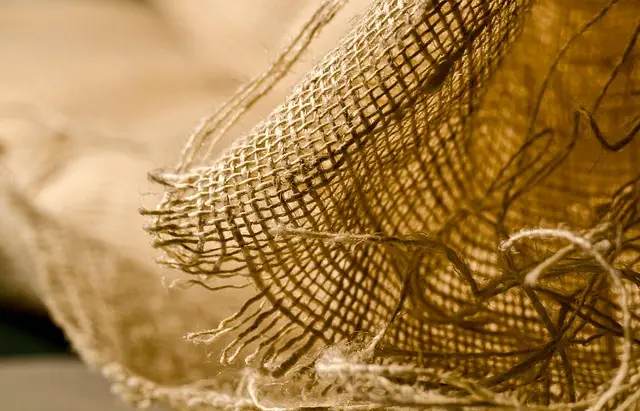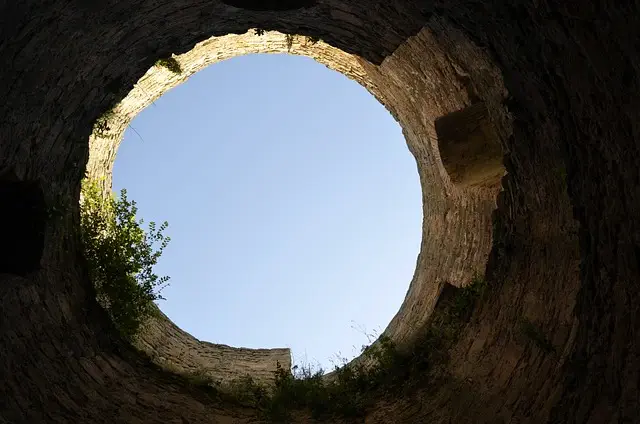Kava tea, made from Piper kava roots, is a natural Pacific Island remedy for anxiety without drowsiness. Its key compound, kavalactones, interact with brain receptors to reduce stress and promote calmness. Unlike kratom (which can you grow at home), kava offers unique properties due to its chemical composition. Research supports its effectiveness in reducing anxiety symptoms, making it a popular natural alternative for relaxation without side effects. Learn how to cultivate your own kratom plant indoors for fresh kava tea using proper care and conditions.
“Discover the calming power of Kava Tea—a herbal brew with a rich history and growing popularity for anxiety relief. This ancient plant, scientifically proven to promote relaxation, is gaining attention as a natural alternative for managing stress. Learn how it works, its potential benefits, and even explore the art of growing your own Kava plant. From its relaxing effects to its role in modern wellness routines, this comprehensive guide uncovers everything you need to know about this herbal gem, including tips on cultivating your very own kratom.”
- What is Kava Tea and How Does it Work?
- The Science Behind Kava's Relaxing Effects
- Growing Your Own Kava Plant: A Comprehensive Guide
- Exploring Kava Tea's Role in Managing Anxiety
What is Kava Tea and How Does it Work?

Kava tea, derived from the roots of the Piper kava plant, is a traditional herbal beverage renowned for its calming effects. Often referred to as “the calm and relax herb,” Kava has been used for centuries in the Pacific Islands for its ability to promote relaxation without drowsiness. The key active compounds in Kava tea are kavalactones, which are believed to interact with certain receptors in the brain, leading to a state of tranquility and reduced anxiety.
Kava works by enhancing the activity of GABA (gamma-aminobutyric acid), a neurotransmitter that plays a crucial role in inhibiting overactive nerve impulses. This interaction can help reduce stress hormones, lower blood pressure, and induce a sense of calm. Interestingly, while Kava shares some similarities with other herbal remedies like kratom (which can you grow at home), it has distinct properties and effects due to its unique chemical composition, making it a popular choice for natural anxiety relief.
The Science Behind Kava's Relaxing Effects

Kava tea, derived from the root of the Kava plant (Panax kava), has been a traditional remedy for stress and anxiety in various Pacific Island cultures for centuries. Its relaxing effects are attributed to several key compounds, notably kavalactones. These bioactive substances interact with the body’s serotonin receptors, contributing to feelings of calmness and well-being. Research suggests that kavalactones can inhibit certain enzymes involved in stress response pathways, thus reducing anxiety symptoms.
Interestingly, while often compared to kratom (a herb known for its opioid properties), Kava tea offers a distinct experience. Unlike kratom, kava does not produce euphoric or addictive effects. This difference is primarily due to the unique chemical composition of each herb and their individual interactions with the human body’s systems, highlighting the diverse natural solutions available for promoting relaxation and managing anxiety without relying on synthetic compounds.
Growing Your Own Kava Plant: A Comprehensive Guide

Growing your own kava plant is an accessible and rewarding way to enjoy this herbal remedy at its freshest. Kava, scientifically known as Piper methysticum, thrives in tropical climates, but with the right care, it can flourish indoors. The process begins with selecting healthy seeds or cuttings from a reputable source. Ensure they are organic and free from any contaminants to avoid introducing chemicals into your home-grown supply.
Choose a well-draining potting mix and a container with ample drainage holes. Kava prefers slightly acidic soil, so a pH between 5.5 and 6.5 is ideal. Place your plant in a bright, indirect light location, mimicking its natural habitat. Regular watering is essential, allowing the top layer of soil to dry out slightly between waterings. Fertilize sparingly to avoid burning the roots, as kava has sensitive digestive systems. With consistent care, you’ll soon have a thriving kava plant, offering you the convenience of fresh, home-grown ingredients for your relaxing kava tea.
Exploring Kava Tea's Role in Managing Anxiety

Kava tea, derived from the root of the Pacific Island plant Piper kava, has been used for centuries in traditional medicine to promote relaxation and alleviate anxiety. Its effectiveness in managing stress has sparked interest in both cultural and scientific communities, leading to numerous studies exploring its active compounds and potential mechanisms of action. While often compared to other herbal remedies like kratom (which can you grow?), kava tea stands out for its unique ability to interact with the body’s GABA receptors, enhancing feelings of calmness without causing drowsiness.
This ancient herb offers a natural approach to anxiety relief, providing a soothing experience that many find beneficial. Unlike synthetic medications, kava tea is generally well-tolerated, making it an appealing option for those seeking alternative ways to manage stress and anxiety in their daily lives. Its growing popularity underscores the continuous search for holistic solutions in today’s fast-paced world.
Kava tea, an herbal drink with a rich history, offers a natural and effective way to promote relaxation and anxiety relief. Through its active compound, kavalactones, it interacts with GABA receptors in the brain, fostering calmness without drowsiness. Growing your own kava plant is not only feasible but also rewarding, allowing you to cultivate a consistent supply of this beneficial beverage. In today’s world where managing stress and anxiety is paramount, exploring alternative solutions like kava tea is both wise and empowering, especially considering its role in soothing minds and bodies. Additionally, for those curious about growing kratom (a plant with similar properties), the comprehensive guide in this article provides a great starting point to embark on that journey.






